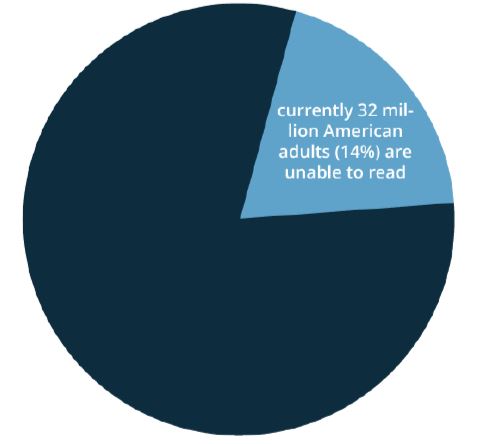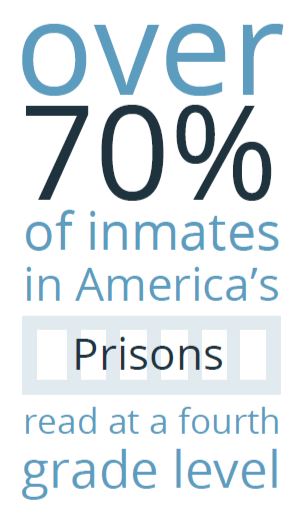Dyslexia in Adults
Dyslexia in adults is often characterized by struggles with reading, writing, and spelling that have persisted from childhood.
Dyslexia is a neurological disorder involving the parts of the brain that process language. Dyslexia is often inherited and will remain with an individual during their lifetime. Recently, researchers have been able to provide scientific support for interventions that can be effective in helping struggling readers.
Unfortunately, for adults with dyslexia, this help often comes too late. Although dyslexia may impact as many as 20% of the population, most adults with this disorder have never been diagnosed and a large percentage did not receive the instruction that would have allowed them to meet their full potential.
Adults with dyslexia have often lived with a lifetime of pain and frustration that impact every area of their life—academic, vocational, and social/emotional. For some, this began as early as they can remember: struggling to learn letters, difficulty with reading even beginner books, and writing that was torturous. For others, the problems began as they got older and couldn’t keep up with classmates.
The Statistics on Dyslexia in Adults

A 2016 study by the U.S. Department of Education and the National Institute of Literacy concluded that currently 32 million American adults (14%) are unable to read—the same percentage cited by research studies done a decade ago. How do so many adults remain functionally illiterate in a country with free public education? As many as 85% of these struggling readers are suspected to have some level of dyslexia and did not receive appropriate reading instruction as children.
